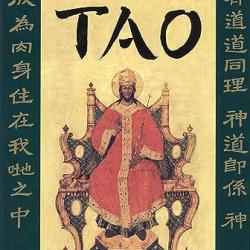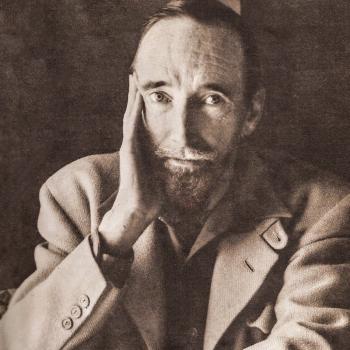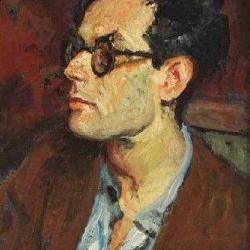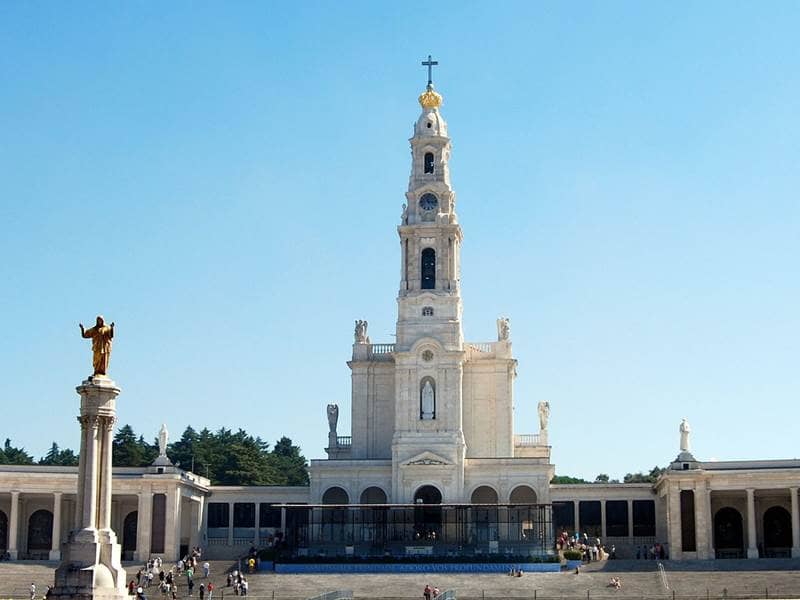
- Trending:
- Pope Leo Xiv
- |
- Israel
- |
- Trump
- |
- Social Justice
- |
- Peace
- |
- Love
The 100 Most Holy Places On Earth
Sanctuary of Our Lady of Fátima

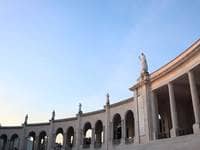
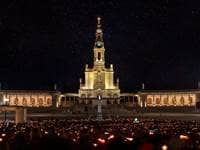
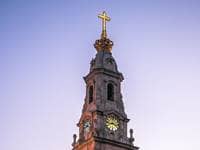
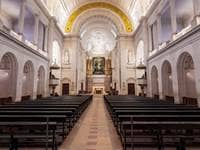
Also Known As:
Sanctuary of Fátima.
Sanctuary of Our Lady of the Rosary of Fátima.
Basilica of Our Lady of the Rosary.
Associated Faiths:
Roman Catholicism
A smaller number of non-Catholic Christians will also visit the site and perceive it as holy. Nevertheless, the bulk of visitors are from the Roman Catholic tradition
Accessibility:
Open to visitors.
Annual visitors: 8,000,000
History
In what was once a small and inconsequential village in Portugal, now stands the Sanctuary of Fátima—a Marian shrine, commemorating a series of early-twentieth century appearances of the Virgin Mary to three young, illiterate Portugues children. What was once a tiny peasant village, is now home to the Basilica of Our Lady of the Rosary, in addition to the Chapel of the Sacred Lausperene, the Chapel of the Apparitions, and a number of other monuments.
Today, the 27.5 square mile community of Fátima has more than 13,000 residents, and experiences millions of visitors each year. Thus, the 1917 events of that tinny town have made it one of the most visited sites on the face of the planet.
As tradition tells the story, while World War I was raging in Europe, Lúcia dos Santos (age 9), and her cousins Francisco (8) and Jacinta (6) Marto, went out to tend their family’s sheep. It was 1916 and, as the children walked along a local hillside, they saw in vision an angelic figure—a young man (approximately 14-15-years-old in appearance) whose countenance was “whiter than snow.”
The angel directed the three children to pray “My God, I believe, I adore” (three times), and then he disappeared. The children told no one of the vision. However, in 1917, near the same site, the three children were together when they saw what they described as “flashes of lightening” and then the appearance of a female angel—who was “brighter than the sun, shedding rays of light.”
When Lúcia asked what the woman (later identified as the Virgin Mary) wanted of them, she was told that they should come to that same spot on the 13th of each month—for six months straight. She also instructed them to pray for peace, and then she departed. While the children kept the two angelic encounters to themselves for a time, the youngest, Jacinta—apparently inadvertently—informed her parents. Soon the word was out, though the apparitions continued.
The second vision of Mary happened the 13th of the following month—with 60 onlookers (though none of them could see or hear what the children saw and heard). One of the most influential of the sightings was the sixth, when 70,000 people gathered that 13th day to see what might happen. It was raining heavily but, suddenly, the rain ceased at once. All became dry, and the sun burst through the dense clouds. Many present saw this as a sign from the Virgin that these apparitions were indeed real and of divine in origin.
The most convincing part of the story has to do with what have been commonly called “The Three Secrets of Fátima.” Lúcia—the older of the three children, and the only one to survive the 1918-1920 influenza pandemic—said that during the July 13, 1917, appearance of Mary, she revealed three prophetic secrets to the children. One was a prediction of WWII. Another foretold Russia’s eventual state-sponsored atheism (or “rejection of God,” as Mary referred to it). The third “secret” predicted the then future 1981 attempted assassination of Pope John Paul II. Owing to the fact that all three of these prophetic predictions came true, for many, this is “proof” that the Fátima apparitions were real. And, as a result, the small town of Fátima is today filled with churches and shrines and is as bustling of a local as one can find, anywhere upon the planet.
Religious Significance
Marian apparitions have always drawn attention and heightened devotion among Roman Catholics. While Pope Clement IV (AD 1265-1268) showed the first “official” and public signs of Marian devotion, it wasn’t until Pope Pius X (1846-1878) that Mariology—as we know it today—was officially declared. This evolution in focus on Mary made the 1917 Fátima apparitions all the more inspiring and sacred for Roman Catholics throughout the world—and particularly for those who live in Portugal and Latin America.
For obvious reasons, the 1917 Fátima appearances of the Virgin Mary to Lúcia dos Santos, and her cousins Francisco and Jacinta Marto, have created a “sacred space.” Whenever and wherever angels appear—and particularly high-ranking angelic beings, like the Mother of the Son of God—“sacred space” is constituted, and pilgrimages are a natural outcome. Fátima is no different. And while the visions cannot be proven, the testable nature of the three “secrets” or prophecies have been proven—and proven accurate. Thus, those who know and believe cannot help but sense the sacral nature of this small village in Portugal.
Another reasons that Fátima constitutes a “sacred site” is its influence in the lives of those who encountered the visions and those who have visited the site of the apparitions. Sadly, shortly after the visions, Francisco and Jacinta died—as a result of catching influenza. Thus, their witness of the events which transpired between 1916-1917 was mostly given to their parents and clergy. And history does not leave a record of how those visions would have affected them. However, Lúcia dos Santos did survive the pandemic. She did live to adulthood (eventually passing at the age of 97), and she did speak of her visions.
The fact that she fled the growing commotion and congestion in Fátima—which has resulted because of her visionary encounters—suggests she was not looking for publicity or fame. Indeed, evidence of the profound influence her visions had upon her is the fact that she joined a convent, dedicating the remainder of her life to the very God who allowed her those visionary encounters. To her dying breath, this “Marian mouthpiece” testified to the messages given by the Virgin—and to the truthfulness of Christ’s gospel. She experienced “sacred space” when she saw Mary, and she spent the rest of her life walking on hallowed ground (as a Roman Catholic Nun).
The Sanctuary of Fátima is the most visited Marian shrine in the Church, and one of the most important sites associated with a vision of the Virgin Mary. In some ways it is more important than many of the other Marian shrines, specifically because of the several proofs offered to substantiate the claims of the three children that Mary indeed appeared to them on multiple occasions. While Marian appearances have not been uncommon in the history of the Church, never have apparitions of her included such specific and multiple predictions—all of which could be tested, and each of which turned out to be true. Thus, for those strongly into Mariology, there can hardly be a holier place to visit.




